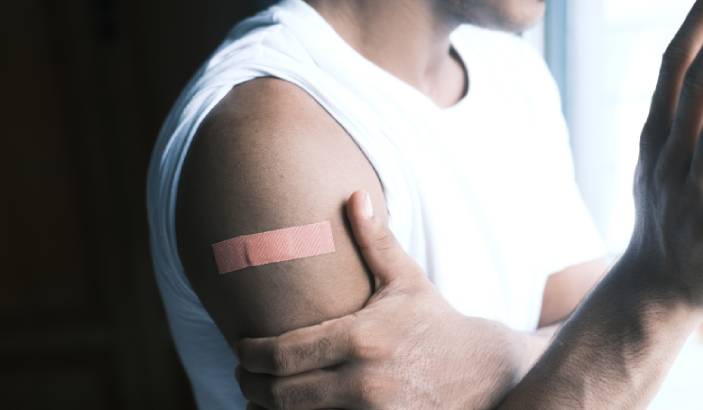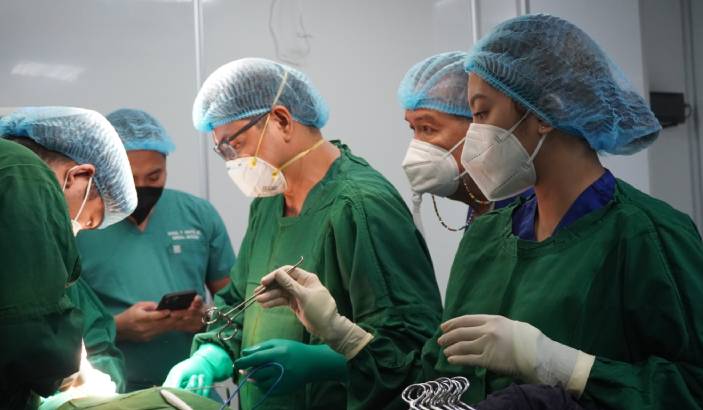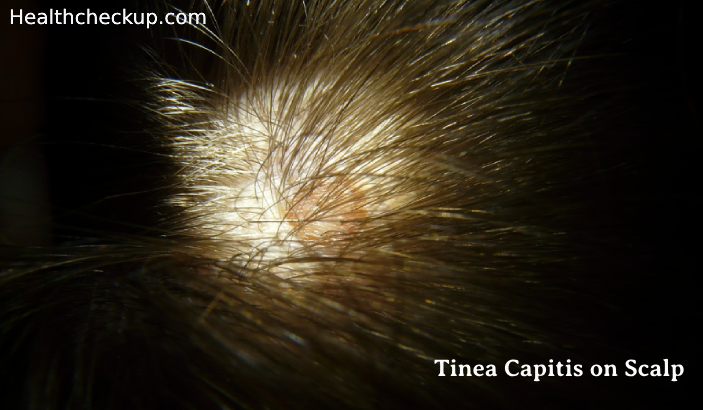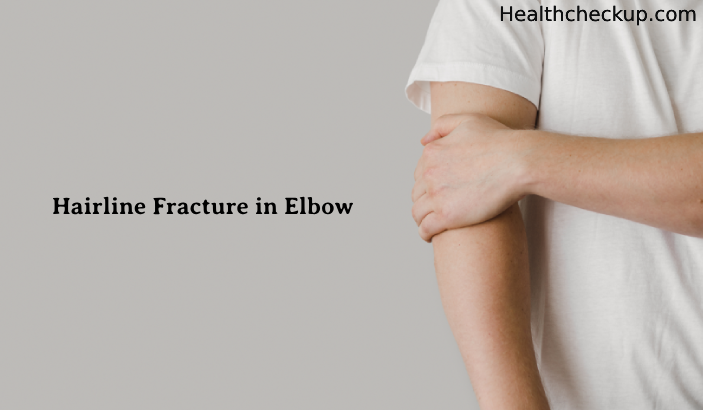Taking care of wounds is essential to ensure proper healing and prevent infections. Whether you have a cut, a scrape, or a more severe wound, proper wound care can help speed up the healing process and prevent complications.
This guide will provide you with a step-by-step approach to wound care. Whether you’re a healthcare professional or someone looking to take care of your wounds at home, this comprehensive guide will equip you with the necessary knowledge to ensure proper wound care. So, let’s get started and learn about the dos and don’ts of wound care.
Understanding Wounds
Wounds are injuries that result in a break in the skin or underlying tissues. Understanding the different types of wounds, their etiology, and how to assess them is essential to providing effective wound care.
Types of Wounds
There are several types of wounds, each with their own characteristics and treatment considerations. The most common types of wounds include:
- Acute wounds are caused by trauma, such as cuts, lacerations, and punctures. They typically heal within a few weeks.
- Chronic wounds are wounds that fail to heal within a reasonable amount of time, often due to underlying health conditions such as diabetes, poor circulation, or pressure ulcers.
- Surgical wounds are incisions made during surgical procedures. They may be closed with sutures, staples, or adhesive strips.
- Pressure ulcers are caused by prolonged pressure on the skin, often in people who are bedridden or have limited mobility.
Etiology
The etiology of a wound refers to the underlying cause or contributing factors. Understanding the etiology of a wound is important in determining the appropriate treatment plan. Some common etiologies of wounds include:
- Trauma from accidents, falls, or injuries.
- Surgery or other medical procedures.
- Pressure from prolonged sitting or lying down.
- Infection from bacteria or other pathogens.
- Poor circulation due to conditions such as diabetes or peripheral artery disease.
Assessment
This information is used to determine the appropriate treatment plan. Some key factors to assess include:
- Size of the wound, including length, width, and depth.
- Tissue type present in the wound, such as granulation tissue, necrotic tissue, or slough.
- Exudate or drainage from the wound, including the amount, color, and consistency.
- Erythema or redness around the wound, which may indicate infection or inflammation.
Assessment should also include a thorough medical history, including any underlying health conditions that may affect wound healing.
The Dos of Wound Care
When it comes to wound care, there are several things that you should do to ensure proper healing and prevent complications. Here are some dos of wound care:
Cleaning the Wound
Cleaning the wound is an essential step in wound care. Wash your hands thoroughly before touching the wound. Clean the wound with mild soap and water or hydrogen peroxide to remove any dirt, debris, or bacteria. Rinse the wound thoroughly with water and pat dry with a clean towel.
Applying Ointment
After cleaning the wound, apply a thin layer of antibiotic ointment like Neosporin to prevent infection. If you are allergic to antibiotic ointment, use petroleum jelly instead. Be sure to apply the ointment only to the wound and not the surrounding healthy skin.
Dressing the Wound
Dressing the wound is important to keep it clean and prevent further injury. Choose a sterile dressing that is appropriate for the type of wound and location. For example, a surgical wound may require a different dressing than an open wound. Change the dressing daily or as directed by your healthcare provider.
Bandaging the Wound
Bandaging the wound can help keep the dressing in place and protect the wound from further injury. Choose a bandage that is appropriate for the type of wound and location. For example, a burn may require a different bandage than a scrape. Be sure to change the bandage daily or as directed by your healthcare provider.
Managing Chronic Wounds
If you have a chronic wound, such as a pressure ulcer or diabetic foot ulcer, it is essential to manage it properly. Follow your healthcare provider’s instructions for wound care, including cleaning, dressing, and bandaging the wound. Be sure to maintain proper nutrition and hydration to promote wound healing. If necessary, your healthcare provider may recommend medication or other interventions to manage the wound.
The Don’ts of Wound Care
When it comes to wound care, there are certain things you should avoid doing. These actions can slow down the healing process, cause infections, and even lead to complications. In this section, we will explore the don’ts of wound care to help you avoid making these mistakes.
Avoiding Certain Medications and Treatments
Not all medications and treatments are suitable for wound care. Here are some things to avoid:
- Topical antibiotics: Studies show that petroleum jelly is just as effective as an antibiotic ointment for non-infected wounds. Therefore, you should avoid applying a topical antibiotic to your wound.
- Antiseptics: Dousing a minor wound with antiseptics like iodine or hydrogen peroxide can damage the surrounding tissue and delay the healing process. Instead, clean the wound with mild soap and water.
- Commercial antiseptics: Avoid putting commercial antiseptics such as iodine directly on the wound. They can cause skin irritation and slow down the healing process.
- Scratching or picking the wound: Scratching, picking, or rubbing the wound site can damage the scab and cause bleeding. This can delay the healing process and increase the risk of infection.
- Applying cosmetic products: Putting cosmetic products directly on the wound can irritate the skin and interfere with the healing process.
Preventing Infection
Preventing infection is crucial for wound healing. Here are some things to avoid:
- Touching the wound with bare hands: Always wear gloves when handling a wound. Touching the wound with bare hands can introduce bacteria and other harmful microorganisms into the wound, increasing the risk of infection.
- Not cleaning the wound: Leaving dirt or debris in the wound can lead to infection. Therefore, it is essential to clean the wound with mild soap and water.
- Not changing the bandages regularly: Dirty bandages can harbor bacteria and other harmful microorganisms, increasing the risk of infection. Therefore, it is essential to change the bandages regularly.
- Not seeking medical treatment: If you have a deep or infected wound, seek medical treatment immediately. Delaying medical treatment can lead to complications and slower healing times.
Avoiding Pressure Ulcers
Pressure ulcers, also known as bedsores, can occur when there is prolonged pressure on the skin. Here are some things to avoid:
- Wearing tight or restrictive clothing: Tight or restrictive clothing can cause pressure on the skin, increasing the risk of pressure ulcers.
- Not changing positions regularly: If you are bedridden or wheelchair-bound, it is essential to change positions regularly to relieve pressure on the skin.
- Not using pressure-relieving devices: If you are bedridden or wheelchair-bound, using pressure-relieving devices, such as cushions or mattresses, can help relieve pressure on the skin.
Conclusion
In conclusion, wound care is a complex process that requires a comprehensive approach to ensure proper healing. By following the dos and don’ts of wound care, you can help promote healing and prevent complications.
Additionally, don’t forget to take care of yourself during the healing process. Eat a healthy diet, get enough rest, and avoid smoking or drinking alcohol, as these can all slow down the healing process.








